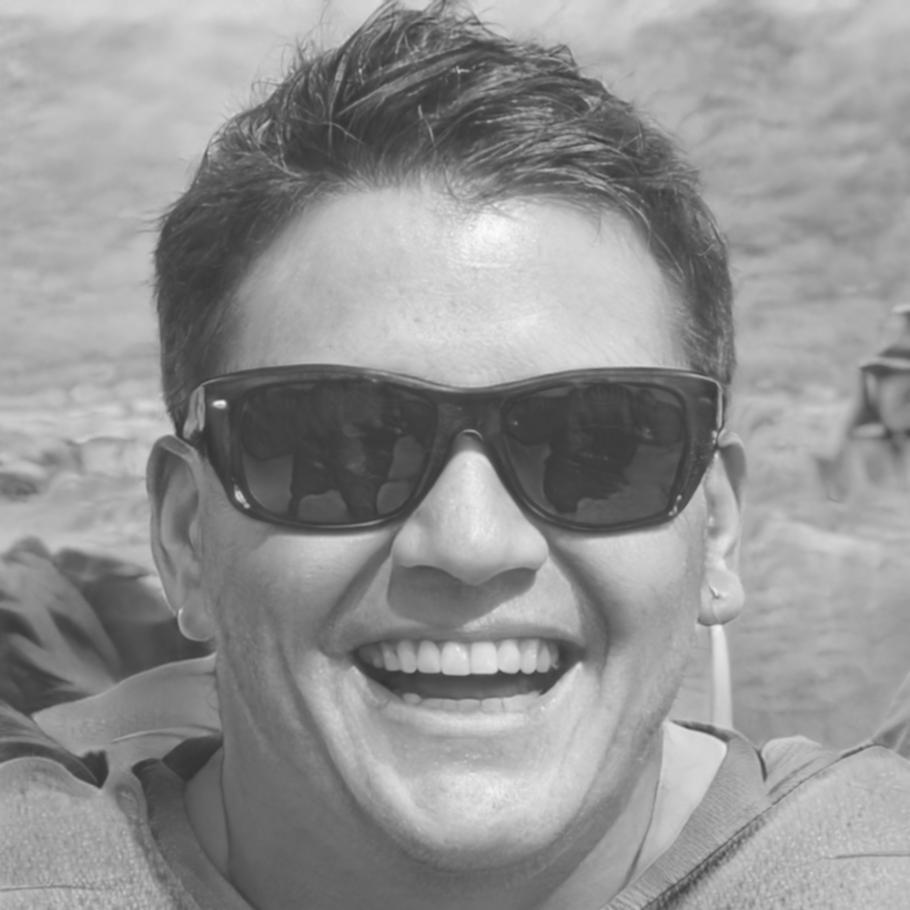Financial Scenario Modeling Programs
We teach people to think through money decisions before making them. Our courses focus on practical modeling techniques that help you test different financial outcomes and prepare for what's ahead in your business or personal finances.
Start a ConversationWhich Program Fits Your Situation?
Different people need different approaches. Answer a few quick questions and we'll point you toward the program that makes sense for where you are right now.
1 What's your main reason for learning scenario modeling?
2 How much time can you commit weekly?
3 What's your current spreadsheet comfort level?
Three Paths to Better Financial Decisions
Each program teaches the same core concepts but at different speeds and depths. Pick the one that matches your schedule and goals. Classes start in September 2025, with a second intake in January 2026.
Foundations Track
12 weeks, 3 hours weekly
Start with basic scenario planning for personal finances or small business. You'll learn to build simple models that help you test "what if" questions about income, expenses, and savings.
- Build your first cash flow projection model
- Test different income and expense scenarios
- Create simple sensitivity analyses
- Learn basic forecasting techniques
Business Modeling Track
16 weeks, 6 hours weekly
For business owners or managers who need to plan growth, expansion, or operational changes. Build models that help you make decisions about hiring, equipment purchases, or market expansion.
- Multi-scenario revenue and cost modeling
- Break-even analysis for business decisions
- Working capital and cash cycle planning
- Investment return comparisons
Professional Track
20 weeks, 10 hours weekly
Advanced modeling for finance professionals or analysts. Build sophisticated models with multiple variables, complex assumptions, and detailed scenario comparisons that hold up under scrutiny.
- Multi-variable scenario modeling
- Monte Carlo simulation basics
- Risk-adjusted forecasting techniques
- Model validation and stress testing

Meet Maxwell Chen
Maxwell spent 12 years building financial models for mid-sized Malaysian businesses before realizing most people don't need complex tools. They need clear thinking. He started teaching scenario modeling in 2019 because too many business owners were making big decisions based on gut feeling rather than running the numbers first.
His approach is pretty straightforward. Start with a simple question you need answered. Build the smallest model that gives you a useful answer. Then add complexity only when it helps you make a better decision. Most of his students say they wish they'd learned this stuff earlier.
Teaching Philosophy
I don't teach theory for theory's sake. Every concept we cover comes from a real decision someone had to make. You'll work on actual business scenarios, not textbook examples. And if something doesn't make sense, we'll stop and figure it out together rather than moving on.
The goal isn't to turn you into a financial analyst. It's to give you the tools to think through money decisions more carefully, so you can sleep better at night knowing you considered the alternatives.
What's Changing in Financial Planning
The tools are evolving fast. Here's what we're tracking and how it affects what we teach.
Automation Meets Decision-Making
More businesses in Malaysia are using automated tools to pull financial data, but they still need humans to interpret it and model different outcomes. We're seeing demand for people who can bridge this gap.
- Spreadsheet skills matter more than ever for validation
- Understanding assumptions becomes critical
- Quick scenario testing speeds up planning cycles
Risk Planning Takes Center Stage
After several years of market volatility, businesses are building multiple scenarios into their planning rather than relying on single forecasts. This shift makes scenario modeling a core skill rather than a nice-to-have.
- More emphasis on stress testing assumptions
- Growing interest in sensitivity analysis
- Boards asking tougher questions about alternatives
Real-Time Data Expectations
As data becomes more accessible, stakeholders expect faster scenario comparisons. The ability to quickly rebuild models with updated assumptions is becoming more valuable than building perfect models slowly.
- Flexible model design becomes more important
- Documentation habits separate good from great
- Version control skills matter for collaboration
Local Context in Global Tools
Malaysian businesses are adapting global modeling techniques to local conditions. Understanding both international best practices and regional business realities is creating opportunities for people who can work in both contexts.
- Cultural factors in assumption-setting
- Regional market dynamics in forecasts
- Local compliance considerations in models